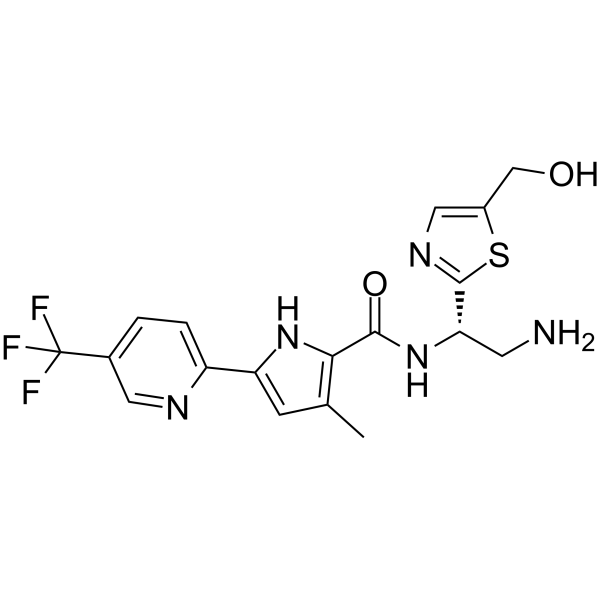Viral Antigens(病毒抗原)
A viral Antigen is an antigen with multiple antigenicities that is protein in nature, strain-specific, and closely associated with the virus particle. A viral antigen is a protein encoded by the viral genome.A viral protein is an antigen specified by the viral genome that can be detected by a specific immunological response.
Viruses are infectious pathogens that cause serious diseases & major threats for global public health, such as influenza, hepatitis, & AIDS. Virus is a sub-micrometer particle that has DNA or RNA packed in a shell called capsid. Viral antigens protrude from the capsid and often fulfill important function in docking to the host cell, fusion, and injection of viral DNA/RNA. Antibody-based immune responses form a first layer of protection of the host from viral infection; however, in many cases a vigorous cellular immune response mediated by T-cells and NK-cells is required for effective viral clearance. When cellular immunity is unable to clear the virus, the infection can become chronic, and serum antibodies to the viral pathogen are used as first indicator for the diagnosis of the disease.
ELISAs provide a valuable tool in the detection and diagnosis of virus infection. The ability to produce recombinant viral proteins will ensure that future ELISAs are safe, specific and rapid. Even when a virus cannot be cultured, provided gene sequence is available, it is possible to rapidly respond to emerging viruses and new viral strains of existing pathogens.
Recombinant viral antigens contain part of viral sequence meaning that the recombinant antigen contains a region which can be recognized by different antibodies produced by different individuals. This reduces the risk of false negatives which can occur with synthetic peptides, which contain only a small portion of the entire protein. If an individual infected with a viral antigen makes antibodies to a part of the protein not included in the synthetic peptides, a false negative results.
Recombinant viral protein usually contains a fusion protein/partner which produces superior attachment to assay surfaces such as wells. For this reason, smaller amounts of recombinant protein will produce the same results as larger amounts of unfused protein. The choice of fusion partner prevents false positives, allowing superior adhesion without incorrect results.
Recombinant Viral proteins are expressed in bacteria, yeast, mammalian cells, and viruses. E. Coli cells were first to be used for this purpose but the expressed proteins were not glycosylated, which was a major drawback since many of the immunogenic proteins of viruses such as the envelope glycoproteins, were glycosylated. Nevertheless, in many instances, it was demonstrated that the non-glycosylated protein backbone was just as immunogenic. The obvious advantage of recombinant viral antigens is that they are available in unlimited quantities and the production and quality control processes is simple.
Advantages of defined using recombinant viral antigens:
1. Production and quality control is simple.
2. No nucleic acids or other viral or external proteins, therefore less toxic.
3. Safer in cases where viruses are oncogenic or establish a persistent infection.
4. Feasible even if virus cannot be cultivated
Disadvantages:
1. May be less immunogenic than conventional inactivated whole-virus vaccines.
2. Requires adjuvant .
3. Fails to elicit CMI.
Facts about Viral Antigens:
1. A Viral Protein Mimics its Way into cells.
2. Viral Protein Helps Infected T Cells Stick To Uninfected Cells.
3. The Viral Protein A238L Inhibits Cyclooxygenase-2 Expression through a Nuclear Factor of Activated T Cell-dependent Trans-activation Pathway.
4. Viral Protein is an effective preventative against ear infection.
5. HIV-1 Viral Protein R Induces Apoptosis via a Direct Effect on the Mitochondrial Permeability Transition Pore.
6. The Level of Viral Antigen Presented by Hepatocytes Influences CD8 T-Cell Function.
7. Antigen-presenting cells from calves persistently infected with bovine viral diarrhea virus, a member of the Flaviviridae, are not compromised in their ability to present viral antigen.
8. There is a difference in the distribution and spread of a viral antigen, development of lesions and correlation between presence of viral antigen and lesions.
9. The absence of viral antigens on the surface of equine herpesvirus-1-infected peripheral blood mononuclear cells is a strategy to avoid complement-mediated lysis.
10. Viral Protein Influences Key Cell-signaling Pathway.
11. A viral protein produced by cancer-causing virus influences a key signaling pathway in the immune cells that the virus infects. This stimulates the cells to divide, helping the virus spread through the body.
12. Protection by recombinant viral proteins against a respiratory virulent avian metapneumovirus has been achieved.
13. Viral O-acetylesterases are found in influenza C viruses and Corona-viruses. Viral O-acetylesterases remove cellular receptors from the surface of target cells which destroys the receptor. Recombinant viral O-acetylesterases derived from Sf9 insect cells as chimeric proteins fused to eGFP specifically hydrolyze 9-O-acetylated sialic acids, while that of sialodacryoadenitis virus, a rat coronavirus related to mouse hepatitis virus, is specific for 4-O-acetylated sialic acid. The recombinant esterases were shown to specifically de-O-acetylate sialic acids on glycoconjugates. The recombinant viral proteins can be used to unambiguously identify O-acetylated acids.
Products for Viral Antigens
- Borrelia(28)
- Chagas(3)
- Chikungunya(7)
- Chlamydia(10)
- Cytomegalo(8)
- Dengue(50)
- Ebola(4)
- EBV(13)
- Encephalitis(8)
- Feline Leukemia Virus(1)
- Hantavirus(1)
- HBsAg(7)
- Helicobacter Pylori(3)
- Hepatitis A(15)
- Hepatitis B(10)
- Hepatitis C(85)
- Hepatitis D(1)
- Hepatitis E(5)
- Herpes(11)
- HERV-K(1)
- HIV(151)
- HTLV(6)
- Influenza(72)
- Lassa(2)
- Malaria(71)
- Mumps(1)
- Mycoplasma(4)
- Norovirus(4)
- Papillomavirus(5)
- Parvovirus(3)
- Rubella(3)
- S. Typhi(5)
- SARS(85)
- Shiga Like Toxin(2)
- Toxoplasma(9)
- Treponema(16)
- Varicella(3)
- West Nile(2)
- Zika(13)
- Cat.No. 产品名称 Information
-
GP25432
HTLV-1 p24 core
HTLV-1 p24 Core Recombinant

-
GP25336
HTNV
Hantavirus Recombinant

-
GC47445
Hydroxychloroquine-d4 (sulfate)
HCQ-d4 sulfate
An internal standard for the quantification of hydroxychloroquine
-
GC74337
IALYLQQNW
IALYLQQNW是Epstein-Barr病毒(EBV)编码的肿瘤相关抗原潜伏膜蛋白1 (LMP1)的特异性非肽序列。
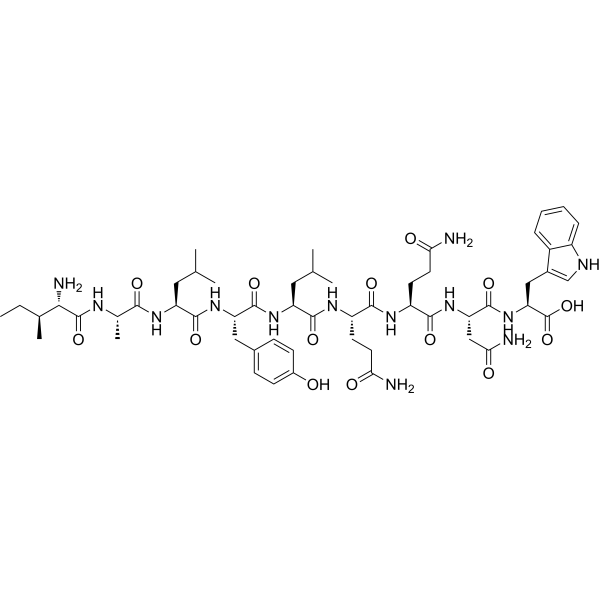
-
GC65034
Ibalizumab
伊巴组单抗,TMB-355; TNX-355
Ibalizumab (TMB-355) 是一种人源化 IgG4 单克隆抗体,通过与 CD4 受体结合来阻止 HIV 细胞进入。Ibalizumab 具有用于 HIV-1 感染研究的潜力。
-
GC72038
Icariside D2
Icariside D2从番荔枝果实中分离出来的,抑制血管紧张素转换酶。
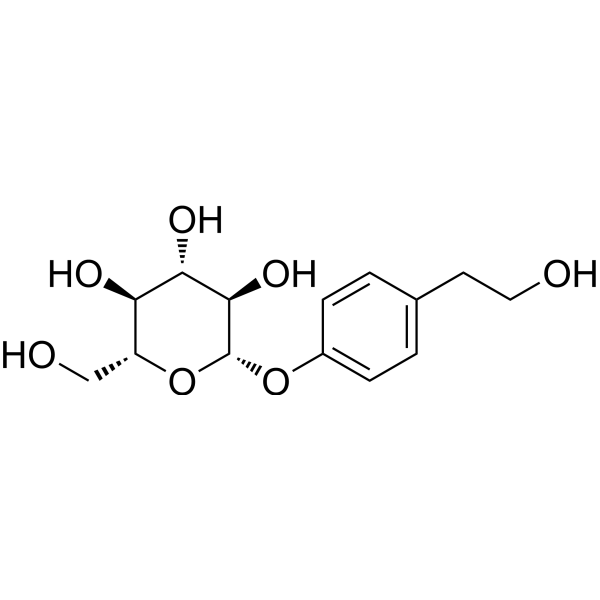
-
GC18545
Ilimaquinone
3-[(十氢-1Β,2Β,4AΒ-三甲基-5-亚甲基-1-萘基)甲基]-2-羟基-5-甲氧基苯醌
A natural sesquiterpene quinone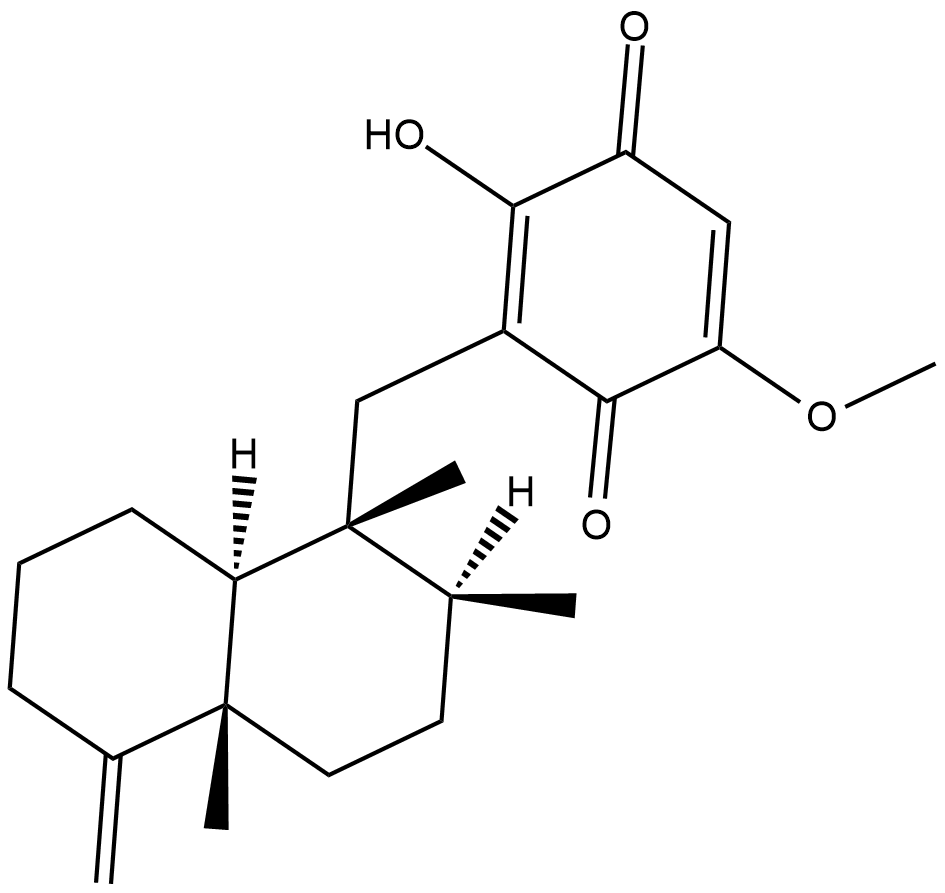
-
GC47452
Imatinib-d3
STI571-d3 hydrochloride; CGP-57148B-d3 hydrochloride
An internal standard for the quantification of imatinib
-
GC61820
IMB-301
IMB-301 是一种 HIV-1 辅助蛋白 Vif 降解 hA3G 的拮抗剂。IMB-301 通过抑制 hA3G-Vif 相互作用,来抑制 Vif 降解 hA3G。IMB-301 具有抗 HIV-1 活性。
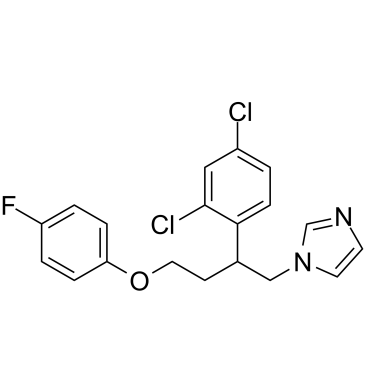
-
GP25501
Influenza B Malaysia
Influenza-B Virus Malaysia 2506/04 Recombinant

-
GP25488
Influenza-A H1N1 New Caledonia
H1N1 Influenza-A Virus New Caledonia/20/99 Recombinant

-
GP25511
Influenza-A Solomon Islands
H1N1 Influenza-A Virus Solomon Islands/03/06

-
GP25507
Influenza-B Florida
Influenza-B Virus Florida 07/04

-
GP25500
Influenza-B Jilin
Influenza-B Virus Jilin 20/2003 Recombinant

-
GP25503
Influenza-B Qingdao
Influenza-B Virus Qingdao/102/91

-
GP25504
Influenza-B Tokio
Influenza-B Virus Tokio/53/99

-
GP25505
Influenza-B Victoria
Influenza-B Virus Victoria/504/00

-
GC70780
Ingenol-3-palmitate
Ingenol-3-palmitate是一种天然产物,可以从Euphorbia ebracteolata的根中分离出来。
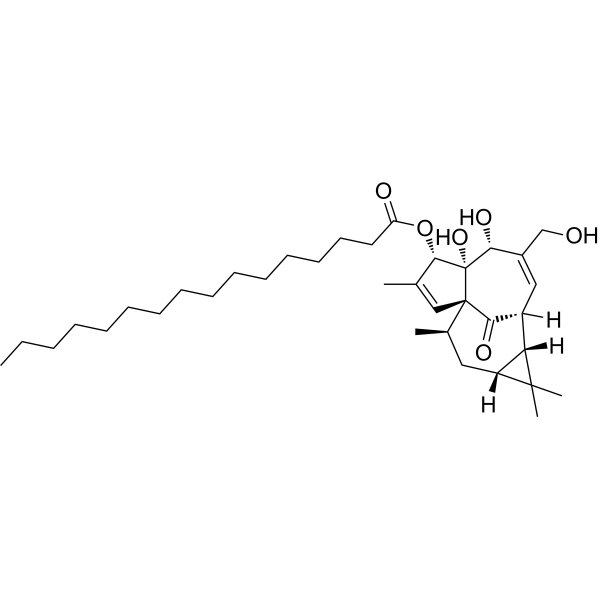
-
GC71952
Interiorin
Interiorin可以从南五味子中分离出来,具有中等的抗HIV活性,EC50值为1.6 lg/mL。
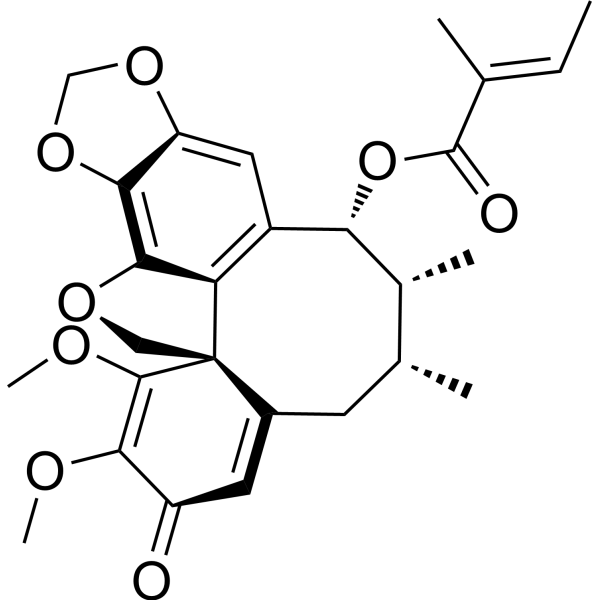
-
GP25455
JEV
日本脑炎病毒ENV重组体

-
GC50716
K 22
An antiviral agent
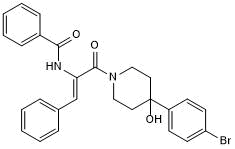
-
GC47523
K-41
A fungal metabolite with antibiotic and antiparasitic activities

-
GC43996
KBC-007
KBC-007 is a synthetic branched chain-containing analog of α-galactosylceramide (α-GalCer).

-
GC44004
Kijanimicin
NSC 329515
An broad spectrum antibiotic
-
GC44005
KIN1400
An activator of the RLR pathway

-
GC60978
L-Chicoric Acid
L-菊苣酸; (-)-Chicoric acid; trans-Caffeoyltartaric acid
A dicaffeoyl ester with diverse biological activities
-
GP25459
Lassa Capsid
Lassa Capsid Recombinant

-
GP25460
Lassa GP1
Lassa Glycoprotein-1 Recombinant

-
GC90631
LL-37 (human) (scrambled) (trifluoroacetate salt)
Cathelicidin, CAP-18, FALL-39, hCAP-18
LL-37(人类)的阴性对照。

-
GC44106
Lythridine
Sinine
A biphenyl quinolizidine lactone alkaloid
-
GP23857
M.Pneumoniae P1-C
Mycoplasma Pneumoniae P1-C Recombinant

-
GP23858
M.Pneumoniae P116
Mycoplasma Pneumoniae P116 Recombinant

-
GP26307
M.Pneumoniae P30
M

-
GC49208
Maduramicin (ammonium salt)
马杜霉素铵盐,Maduramycin ammonium
A polyether ionophore antibiotic
-
GP25159
Malaria Pf. MSP1
Malaria Falciparum MSP1 Recombinant

-
GP25158
Malaria Pv. MSP1
Malaria Vivax MSP1 Recombinant

-
GC44126
Manzamine A
Keramamine A
A β-carboline alkaloid
-
GC48774
Melicopine
An acridone alkaloid with antimalarial and anticancer activities

-
GC46169
Mer-NF5003F
F 1839M, NF 5003F, Stachybotrydial
A sesquiterpene with diverse biological activities
-
GC39814
Mitoguazone
米托瓜酮; Methylglyoxal-bis(guanylhydrazone); MGBG; Methyl-GAG
Mitoguazone (Methylglyoxal-bis(guanylhydrazone)) 是一种具有有效抗肿瘤活性的合成多羰基衍生物。Mitoguazone 是一种可透过血脑屏障的竞争性的 S-腺苷-蛋氨酸脱羧酶 (S-adenosyl-methionine decarboxylase) 抑制剂,可破坏多胺的生物合成。Mitoguazone 诱导细胞凋亡 (apoptosis),可抑制 HIV DNA 整合到单核细胞和巨噬细胞中的细胞 DNA 中。Mitoguazone 具可用于急性白血病,霍奇金淋巴瘤和非霍奇金淋巴瘤的研究。
-
GC61071
MK-0608
MK-0608是一种有效的HCV复制抑制剂,在亚基因组复制子测定中,EC50为0.3μM(EC90=1.3μM)。
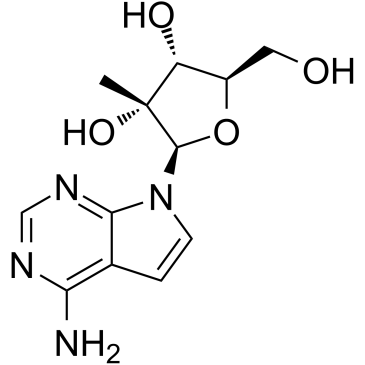
-
GC18612
MMP-9/MMP-13 Inhibitor I
Matrix Metalloproteinase-9/Matrix Metalloproteinase-13 Inhibitor I
An MMP inhibitor
-
GP25160
Mumps
Mumps Virus Nucleoprotein Recombinant

-
GC49357
N-[(S)-(4-Nitrophenoxy)phenoxyphosphinyl]-L-alanine 2-ethylbutyl ester
瑞德西韦侧链
A synthetic intermediate
-
GC44294
N-acetyl Dapsone
N-乙酰氨苯砜
A metabolite of dapsone
-
GC47735
N-acetyl Desethylchloroquine-d4
N-acetyl-(mono) Desethylchloroquine
An internal standard for the quantification of N-acetyl desethylchloroquine
-
GC52007
N-hydroxylamine Dapsone
羟胺氨苯砜
An active metabolite of dapsone
-
GC63095
Nandrolone decanoate
癸酸诺龙,19-Nortestosterone decanoate
An Analytical Reference Standard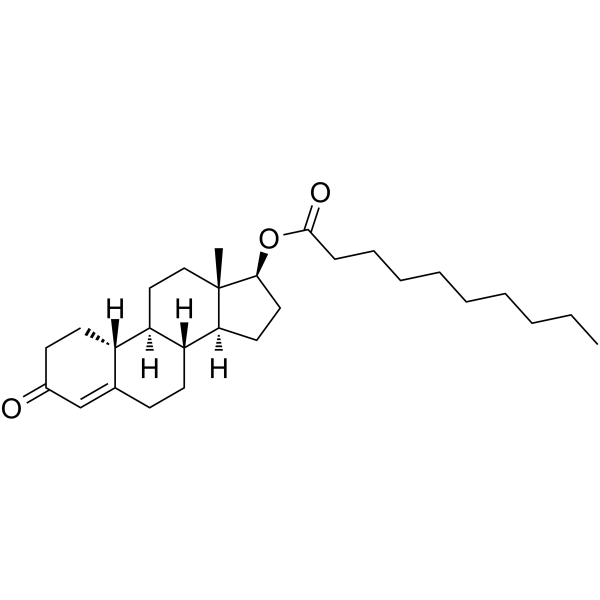
-
GC65905
NBD-14189
NBD-14189 是一种有效的 HIV-1 进入拮抗剂,对 HIV-1HXB2 假病毒的 IC50 为 89nM。NBD-14189 与 HIV-1 gp120 结合并显示出强大的抗病毒活性 (EC50<200 nM)。
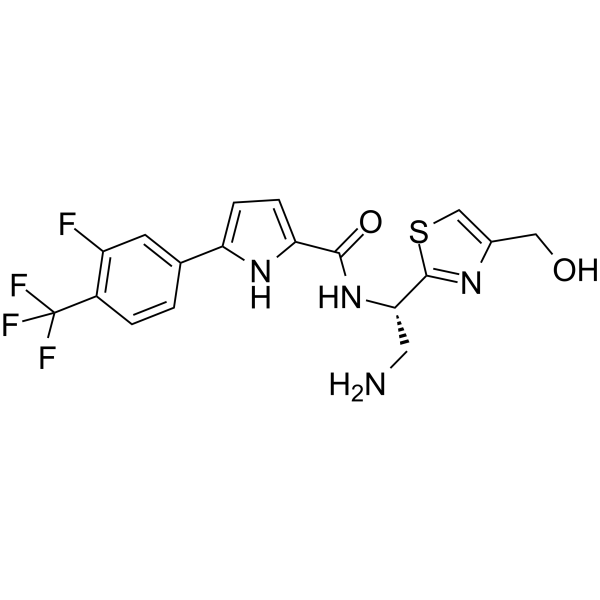
-
GC65903
NBD-14270
NBD-14270,一种吡啶类似物,是一种有效的 HIV-1 进入拮抗剂,对 50 株 HIV-1 假型病毒的 IC50 为 89 nM。NBD-14270 与 HIV-1 gp120 结合并显示出强大的抗病毒活性 (EC50<200 nM)。NBD-14270 显示低细胞毒性 (CC50>100 μM)。
